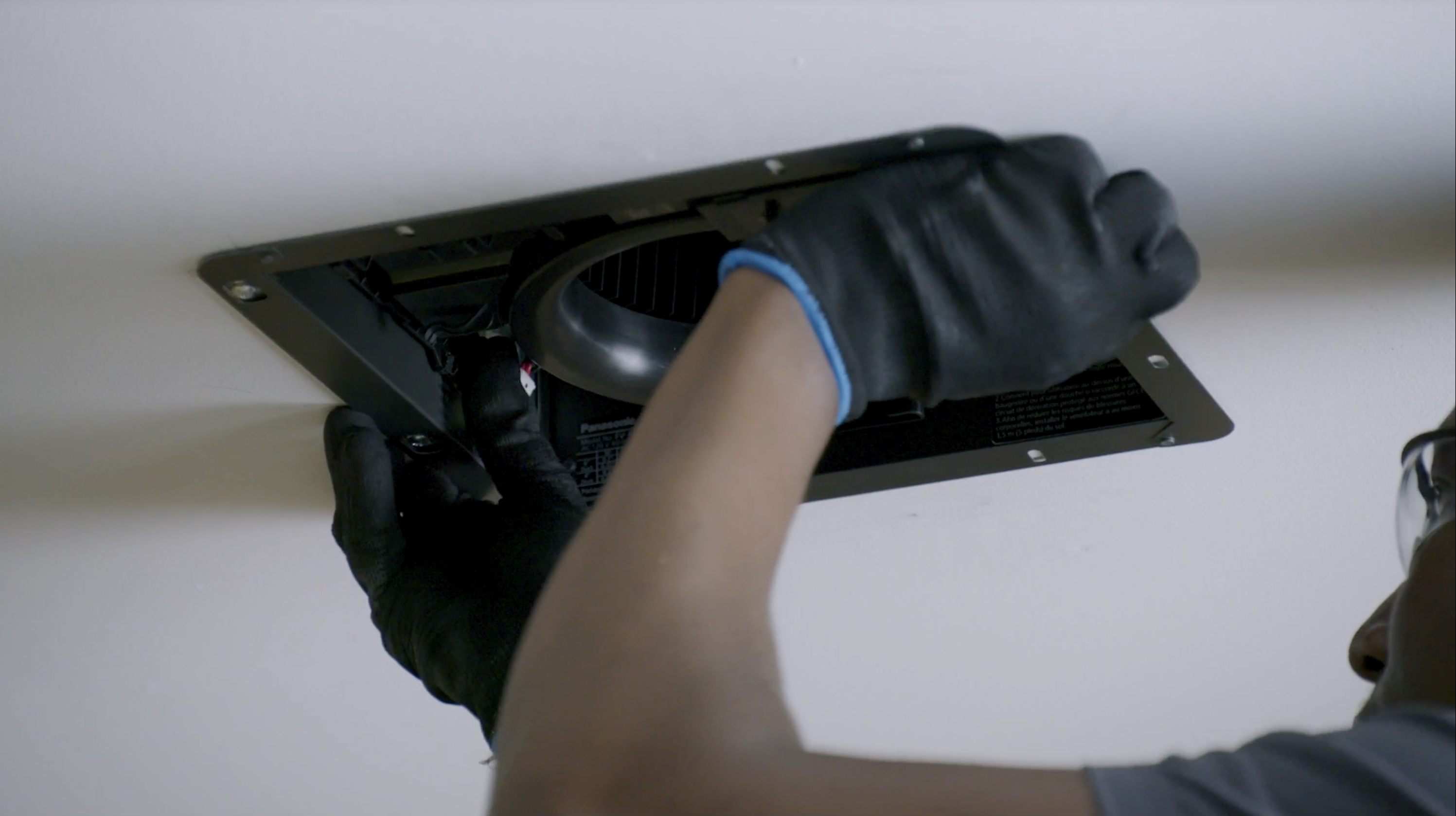Diet and exercise are among the most popular New Year’s resolutions. But if health and wellness is your focus for 2025, indoor air quality (IAQ) should be on your list too. With people spending a staggering 90% of their time indoors, according to the U.S. Environmental Protection Agency, poor IAQ poses a hidden but serious risk to your family’s health.
Research increasingly highlights the link between poor IAQ and health concerns such as asthma, allergies, respiratory problems and even cognitive impairments. Beyond immediate respiratory effects, long-term exposure to indoor pollutants can weaken the immune system and exacerbate chronic health conditions. Combine that with the cold and flu season and the continued spread of airborne viruses, and it becomes clear why prioritizing IAQ is more important than ever in 2025.
This year, resolve to make your home a sanctuary of clean, healthy air. By adopting a few key habits and incorporating smart technology, you can reduce pollutants, improve ventilation, and create a healthier environment for your family. Here are 6 IAQ resolutions you can make today.
1. Resolve to Get More Fresh Air
Though it may sound counterintuitive, taking advantage of fresh outdoor air is an important component of indoor air quality. According to the U.S. Environmental Protection Agency (EPA), indoor air can be as much as five times more polluted than outdoor air. Poor ventilation allows indoor pollutants, like dust and volatile organic compounds (VOCs), to linger and concentrate. Whether it’s simply opening the windows or upgrading your HVAC system to include high quality exhaust fans and an energy recovery ventilator (ERV), taking steps to bring more outdoor air into your home will be an essential step for improved IAQ in 2025. (Source: epa.gov)
2. Resolve to Say Goodbye to Hidden Toxins
Cleaning products, scented candles, and air fresheners may leave your home smelling nice, but they often emit VOCs that can irritate your respiratory system and trigger allergies. The Asthma and Allergy Foundation of America (AAFA) warns that many fragranced household products release chemicals that can worsen asthma and allergy symptoms. This year, switch to mild, non-toxic cleaning products, and consider using an air purifier to help capture indoor air pollutants before they can affect your health.
3. Resolve to Make Your Home a Mold-Free Zone
Moisture is mold’s best friend, and both can wreak havoc on your indoor air. The American Lung Association notes that mold and mildew are major IAQ offenders, triggering respiratory issues like coughing, sneezing, and asthma flare-ups. Having excess moisture in your indoor air doesn’t just provide a breeding ground for mold on walls, furniture, and other surfaces — it also serves as a vehicle for viruses and bacteria to spread through your home.
IAQ experts from Panasonic say keeping your home’s humidity levels between 30% and 50% is ideal for preventing that spread and reducing the likelihood of mold growth. Using kitchen and bathroom exhaust fans is an easy way to start pulling excess moisture out of the air, and adding a humidifier or dehumidifier to your home (depending on your needs) can be helpful as well. (Source: lung.org)
4. Resolve to Filter Out the Bad Stuff
Your HVAC system is your home’s first line of defense against indoor air pollutants — but only if it’s well-maintained. Dust, allergens, pet dander, and other pollutants can accumulate in your system, impacting its ability to operate properly, and circulating dirty air back into your living spaces. Regular maintenance and filter replacement are key to keeping your indoor air clean and your HVAC system running efficiently.
Photo courtesy of Panasonic Eco Systems
The National Association of Certified Home Inspectors recommends replacing your HVAC filters at about every three months — or more frequently if you have pets or allergies. Beyond this rule of thumb, Panasonic IAQ expert Ken Nelson says you should simply replace your filter when it’s dirty. If the neighborhood trees drop their pollen the day after you change your filter, you might need to change it again sooner than planned.
5. Resolve to Cook Smarter, Not Smokier
Cooking can be a surprising source of indoor air pollution. Gas stoves, in particular, can release nitrogen dioxide and other harmful pollutants. A study published by the American Chemical Society highlights the importance of proper ventilation when cooking. If you’re not ready to swap out your gas stove for electric, be sure to use your range hood whenever you cook, or consider portable air purifiers to help capture pollutants and improve IAQ in your kitchen. (Source: acs.org)
Trying alternative cooking methods can be helpful too. A study by the University of Birmingham found that air fryers are the “least polluting” cooking method, which could be a helpful and tasty solution to some of your cooking-related IAQ issues at home.
6. Resolve to Breathe Easy All Year
Small day-to-day steps can make a big difference when it comes to indoor air quality. Regular vacuuming helps keep pet dander, dust, and other contaminants from making it into the air — and a HEPA filter vacuum helps even more. Technology plays an important role too. Add occupancy and vacancy sensors to your bathroom exhaust fans to automatically initiate moisture management.
But if you’re ready for a more comprehensive approach to meet your IAQ resolutions, consider whole-house solutions like Panasonic’s WhisperGreen exhaust fans and ERVs, designed to help you achieve cleaner, healthier air all day, every day. By committing to better indoor air quality, you can create a healthier, more comfortable living space for you and your family in 2025. Reach out to a Panasonic expert today and start the year with fresh air and peace of mind.





